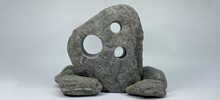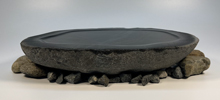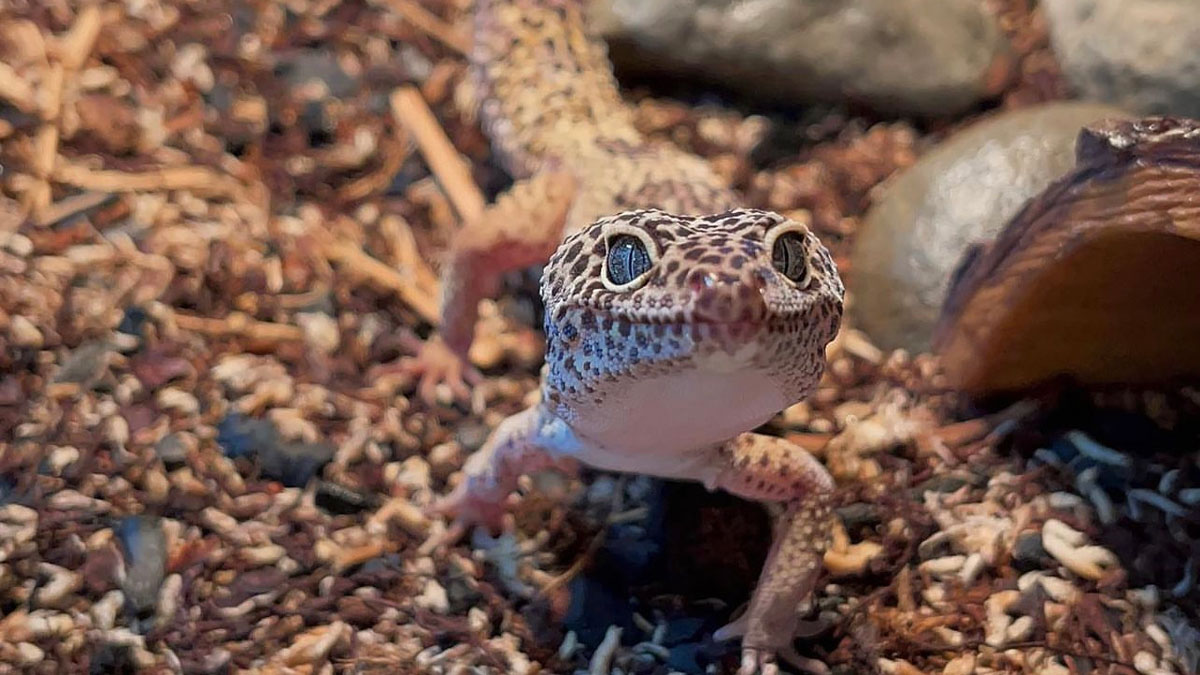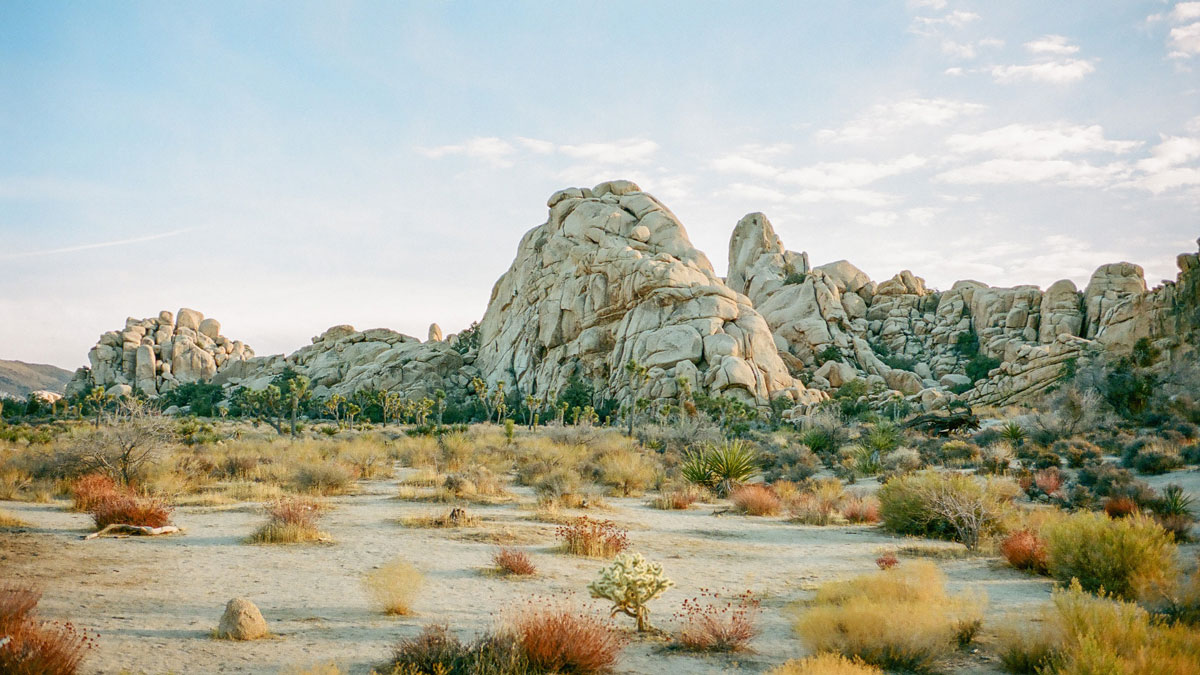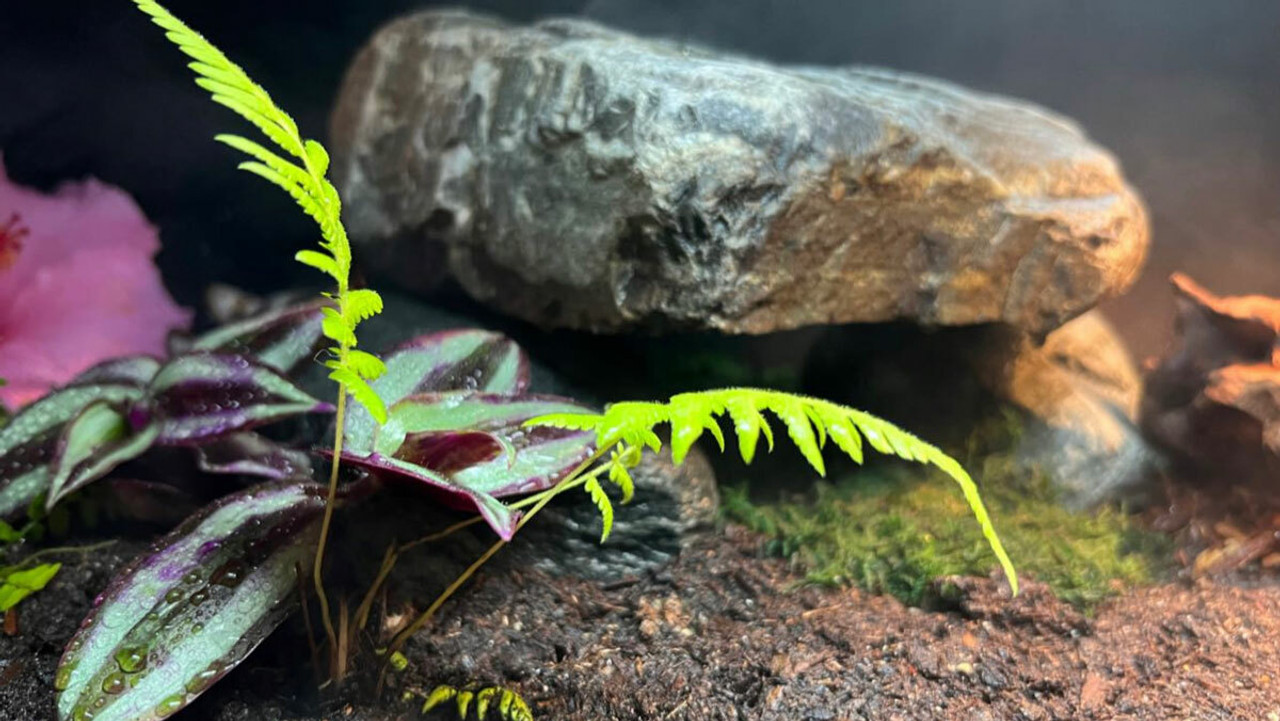
Terrarium & Habitat Decor
A terrarium is a small enclosure used to house and display small animals, plants, and other living things. It is a popular choice for keeping reptiles, amphibians, and other small animals as pets because it provides a controlled environment for them to live in, while also allowing them to be viewed and interacted with.
Rocks, plants, and substrate can add a touch of nature to a terrarium by creating a naturalistic habitat for the animals and plants being housed within it. The use of these elements can help to create a more visually appealing and functional enclosure, while also meeting the specific needs of the animals and plants being kept. By carefully selecting and arranging these elements, it is possible to create a terrarium that feels like a small slice of nature within your home.
Decorating a terrarium is an important aspect of creating a comfortable and aesthetically pleasing home for your pet. There are many options for decorating a terrarium, and the type of decoration you choose will depend on the specific needs of the animals and plants you are keeping. Some common options include:

